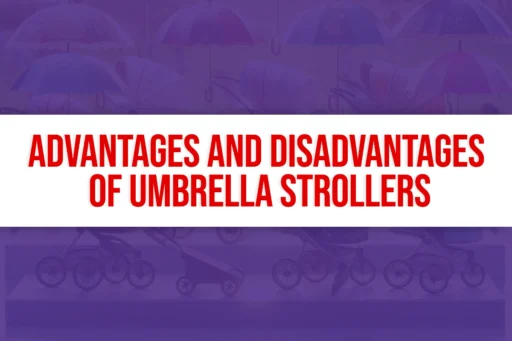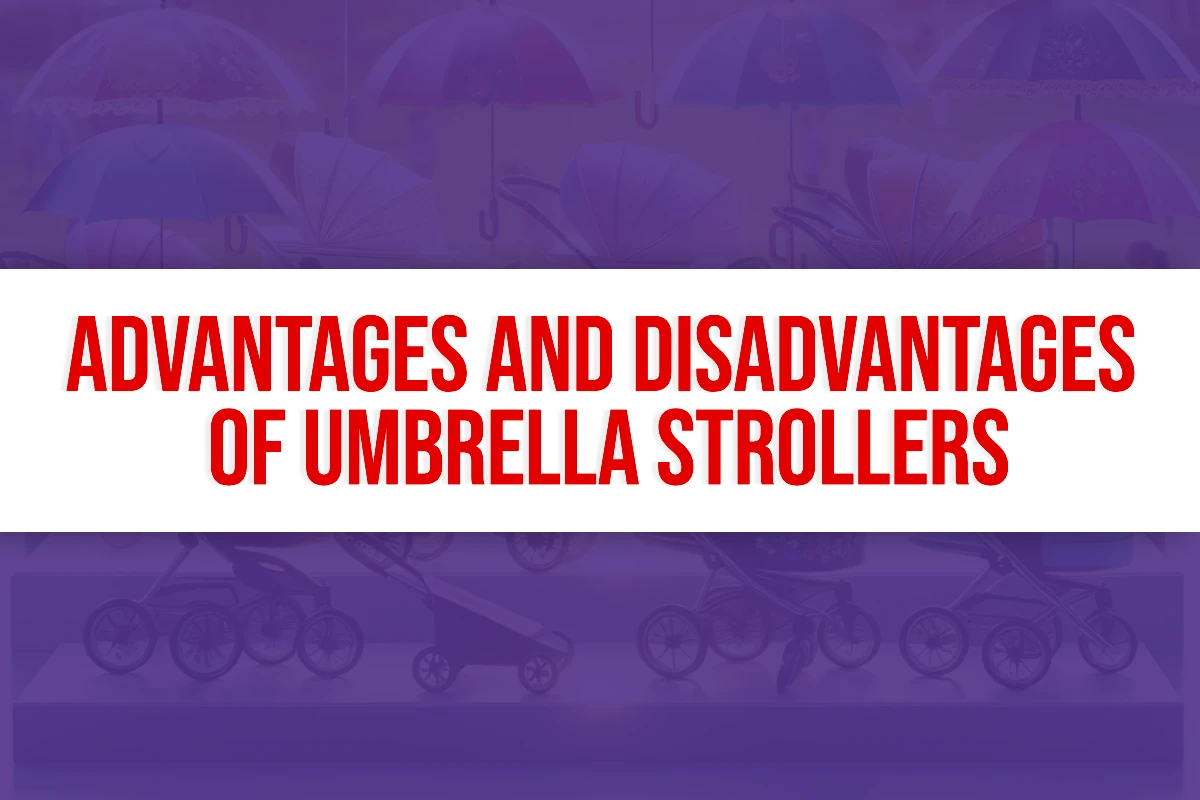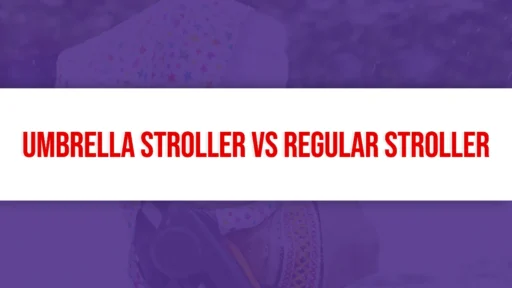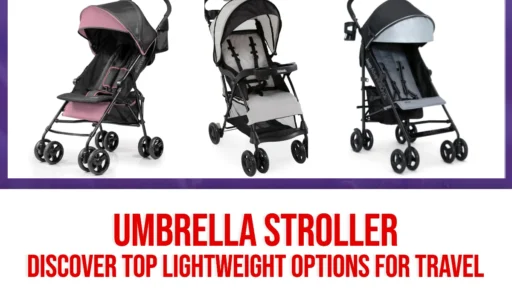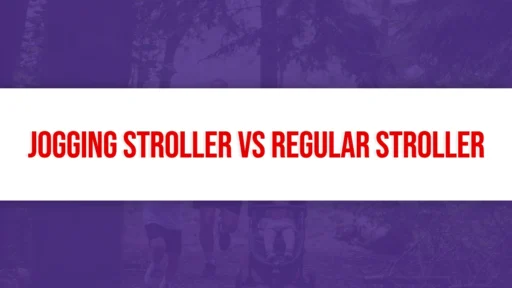Umbrella strollers are popular with parents. They are lightweight and easy to fold.
These strollers offer both benefits and drawbacks. They are perfect for quick trips and travel. Their compact size makes them easy to store and carry. However, they may lack some features found in larger strollers. Safety and comfort can also be concerns.
Choosing the right stroller depends on your needs and lifestyle. Understanding the pros and cons helps you make an informed decision. This guide will explore the advantages and disadvantages of umbrella strollers. Read on to learn more about these convenient baby gear options.
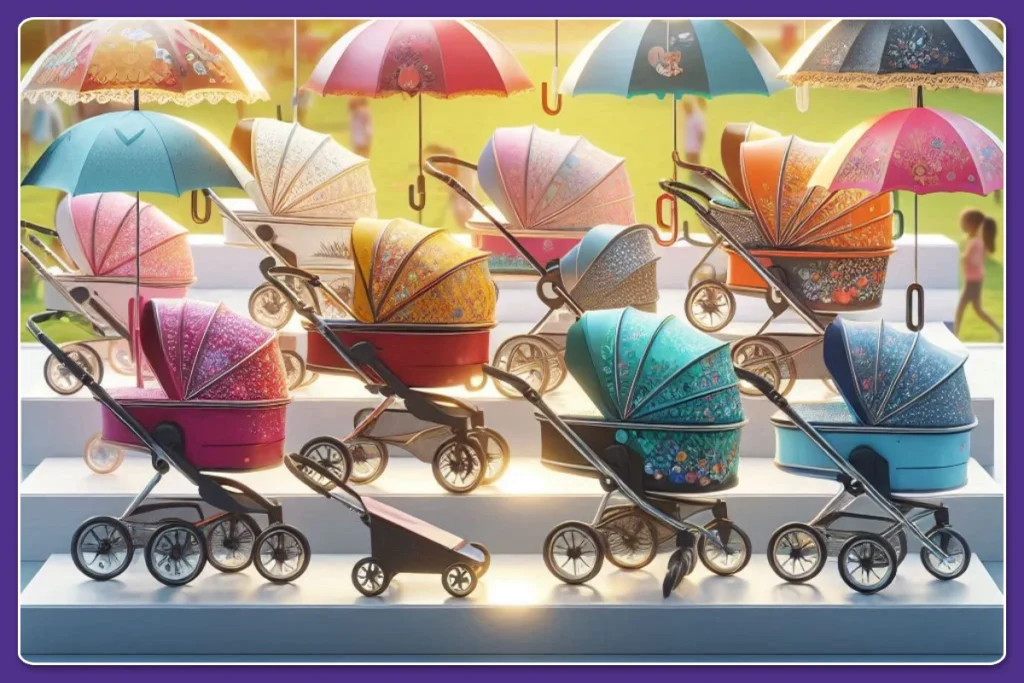
Key Features
Umbrella strollers are popular among parents for their ease of use. They come with several key features that make them a convenient choice for outings. Below, we will discuss two of these features: lightweight design and compact foldability.
Lightweight Design
One of the standout features of umbrella strollers is their lightweight design. These strollers are made with lightweight materials, making them easy to carry and maneuver.
- Most umbrella strollers weigh less than 15 pounds.
- Easy to lift into and out of the car.
- Ideal for quick trips and public transportation.
The lightweight design ensures that you can handle the stroller easily, even with one hand. This is especially beneficial when you are managing multiple tasks or children.
Compact Foldability
Compact foldability is another significant feature of umbrella strollers. They can be folded into a very small size, which makes storage and transport a breeze.
- Fits easily into car trunks and closets.
- Can be carried on public transit without hassle.
- Perfect for travel and vacations.
With the compact foldability, you can store the stroller in tight spaces. This feature is especially useful for parents who live in apartments or have limited storage space.
| Feature | Benefit |
|---|---|
| Lightweight Design | Easy to carry and maneuver. |
| Compact Foldability | Convenient storage and transport. |
These key features make umbrella strollers a practical choice for parents. They provide ease of use without compromising on convenience.
Advantages Of Umbrella Strollers
Umbrella strollers are lightweight and easy to fold. These strollers are perfect for quick trips and travel. They save space and are convenient to carry.
Umbrella strollers are a popular choice for parents. They offer many benefits. These strollers are light, compact, and easy to use. Let’s explore some key advantages of umbrella strollers.
Portability And Convenience
Umbrella strollers are lightweight. This makes them easy to carry. You can fold them quickly. This helps save space in your car or home. They are perfect for travel. You can take them on buses, trains, or planes. The ease of folding and carrying is a major plus for busy parents.
Affordability
Umbrella strollers are usually cheaper than other types. This makes them a budget-friendly option. You can find good quality strollers without spending much. They provide great value for money. Even with a low price, you still get a reliable product. “`
Ease Of Use
When it comes to baby gear, ease of use is a top priority. Umbrella strollers are popular for their simplicity. They are light and easy to handle. This section explores the advantages and disadvantages of using umbrella strollers, focusing on their ease of use.
Quick Setup
Umbrella strollers are designed for quick setup. You can unfold them in seconds. This feature is great for parents on the go. No more struggling with complicated mechanisms. Just a simple click and you are ready to roll. This saves time and reduces stress.
Simple Navigation
Navigating with an umbrella stroller is easy. Their lightweight design makes them easy to push. You can steer them with one hand. This is helpful when you need to multitask. The compact size allows for smooth moves in tight spaces. You can easily maneuver through crowded areas.
Disadvantages Of Umbrella Strollers
Umbrella strollers are lightweight and easy to use. Despite these benefits, they come with some downsides. Here are the main disadvantages to consider.
Limited Storage Space
Umbrella strollers often lack adequate storage space for parents. They usually have small baskets or none at all. This makes it hard to carry baby essentials. You might find it difficult to store diapers, bottles, or toys. The limited space can be a significant drawback.
| Item | Storage Availability |
|---|---|
| Diapers | Limited |
| Bottles | Limited |
| Toys | Limited |
| Shopping Bags | None |
Less Durability
Umbrella strollers are less durable compared to full-sized strollers. They are made of lighter materials. This makes them prone to wear and tear. The wheels and frame can get damaged easily. Using them daily may reduce their lifespan. Parents should be aware of this limitation.
Here are some common durability issues:
- Wheels can wear out quickly
- Frame may bend or break
- Fabric can tear
In short, less durability means you might need to replace the stroller sooner. This can add to your expenses in the long run.
Comfort And Safety
Umbrella strollers are popular among parents for their light weight and convenience. But, how do they fare in terms of comfort and safety? Let’s explore the key aspects that affect your child’s comfort and safety when using an umbrella stroller.
Basic Padding
The level of padding in an umbrella stroller can greatly affect your child’s comfort. Basic padding usually consists of a thin layer of foam or fabric. This is often enough for short trips. Yet, for longer outings, additional padding may be needed.
Here’s a quick overview of padding levels:
| Padding Level | Comfort Duration |
|---|---|
| Thin Padding | Short Trips |
| Moderate Padding | Medium Trips |
| Thick Padding | Long Trips |
Safety Features
Safety features are vital for ensuring your child is secure in an umbrella stroller. Look for strollers with a five-point harness system. This type of harness keeps your child securely strapped in at all times.
Other important safety features include:
- Lockable wheels: Prevents the stroller from rolling away.
- Brakes: Easy-to-use brakes can be a lifesaver.
- Sturdy frame: A strong frame ensures durability and safety.
Check that all moving parts are well-maintained to avoid accidents.
Comparison With Other Strollers
Choosing the right stroller for your child can be a daunting task. Each type of stroller offers unique features, making it essential to compare them. Umbrella strollers stand out due to their lightweight and compact design. But how do they compare to other types of strollers?
Travel Systems
Travel systems are versatile. They combine a stroller with a car seat. This makes transitioning from car to stroll easy. Umbrella strollers, on the other hand, lack this feature. They are not compatible with car seats. This makes them less convenient for newborns.
| Feature | Travel Systems | Umbrella Strollers |
|---|---|---|
| Car Seat Compatibility | Yes | No |
| Weight | Heavy | Lightweight |
| Foldability | Bulky | Compact |
Jogging Strollers
Jogging strollers are designed for active parents. They have larger wheels and better suspension. This ensures a smooth ride on rough terrains. Umbrella strollers do not offer the same level of comfort. They are best for short, urban trips.
- Smooth ride: Jogging strollers excel in providing a smooth ride.
- Compactness: Umbrella strollers are easier to store and transport.
- Weight: Jogging strollers are heavier due to their robust build.
In summary, your choice depends on your lifestyle needs and priorities. Umbrella strollers are great for travel and daily errands. They are lightweight and easy to fold. But, for long walks or jogging, other strollers might be better.
Frequently Asked Questions
An umbrella stroller is a lightweight, foldable stroller designed for easy portability and convenience. It’s perfect for quick trips and travel.
Yes, umbrella strollers are safe when used correctly. Always ensure the stroller is locked open and your child is securely strapped in.
Most umbrella strollers are not suitable for newborns. They are typically designed for babies who can sit up independently.
Umbrella strollers are lightweight, compact, and easy to fold. They are perfect for travel and quick errands.
Conclusion
Choosing an umbrella stroller has its pros and cons. They are lightweight and easy to carry. Perfect for quick trips. But they lack storage and sturdiness. Consider your needs and lifestyle. Think about your child’s comfort and safety. Budget plays a role too.
Research and read reviews. Make an informed decision. Balance convenience with functionality. Happy strolling!


